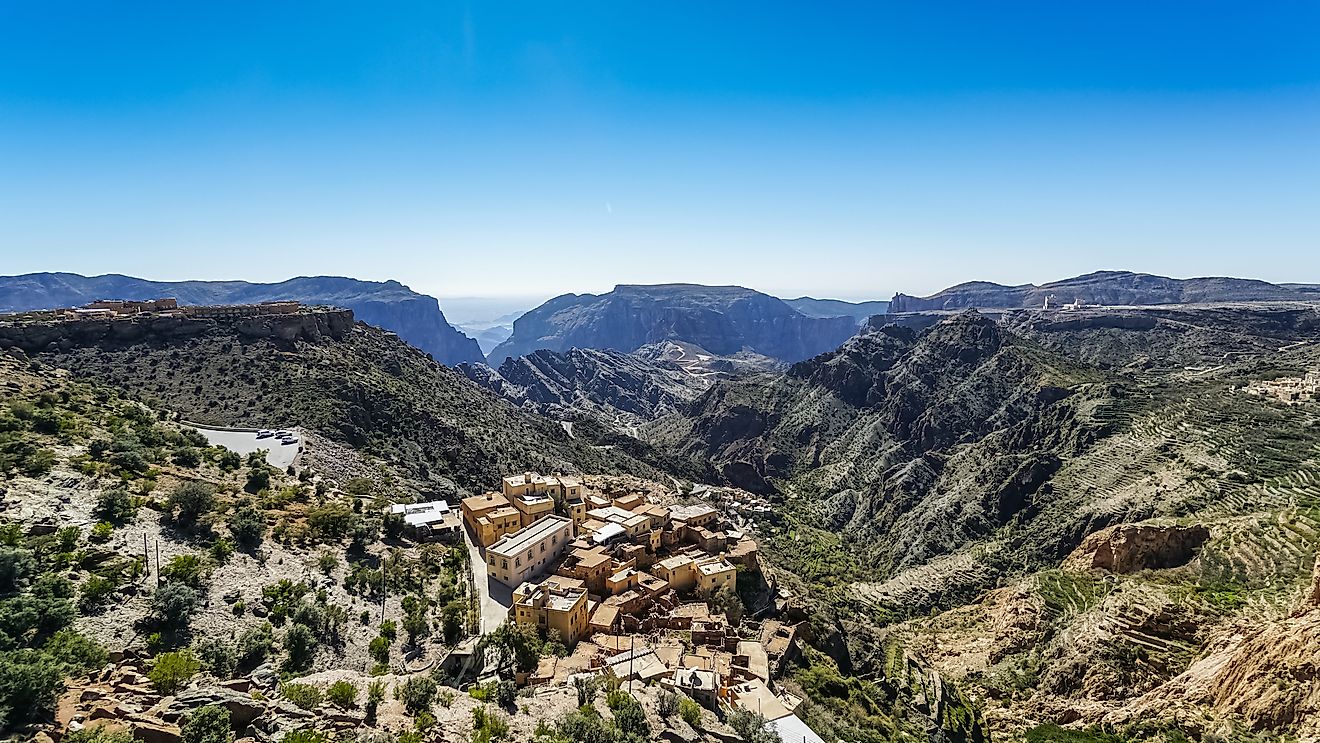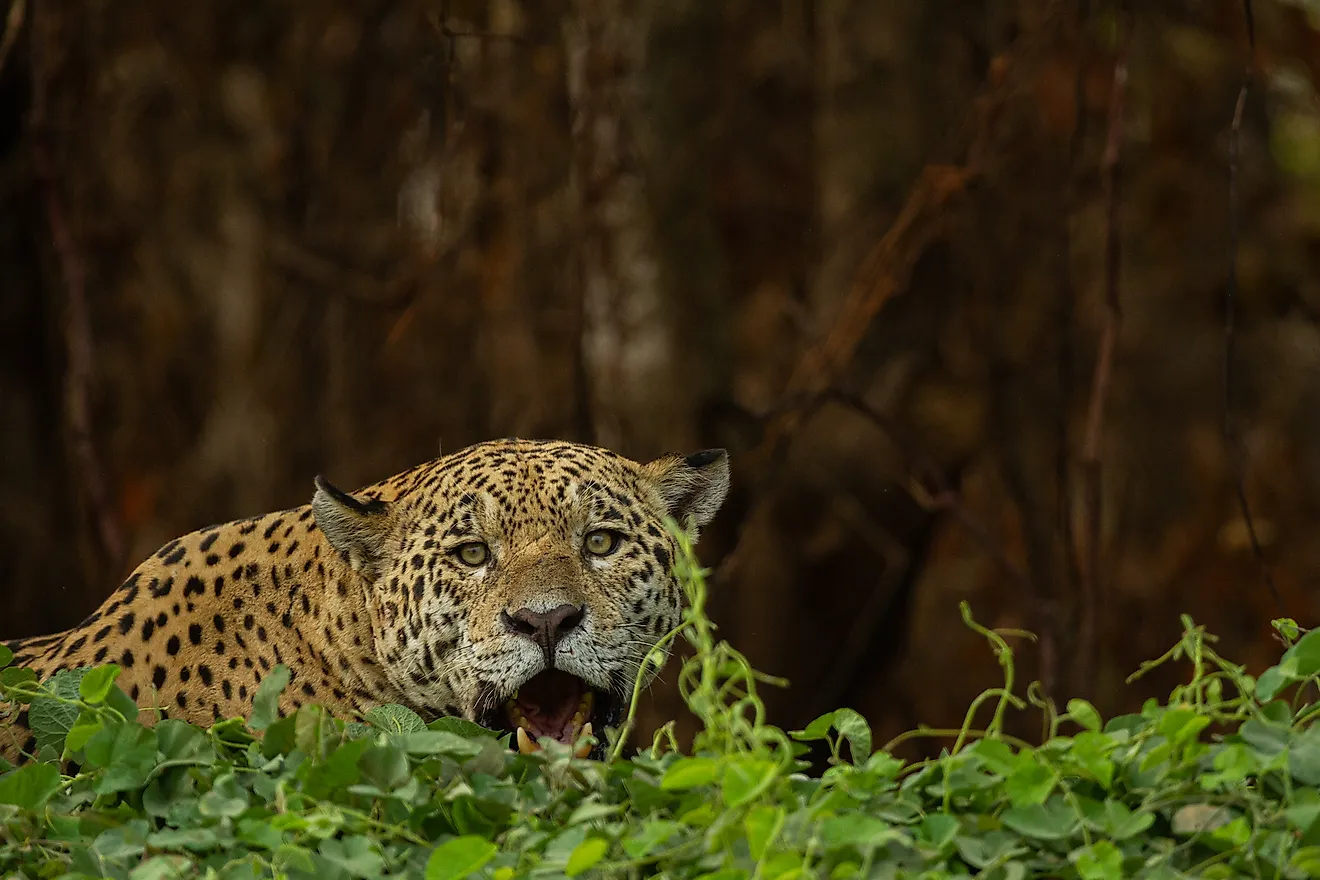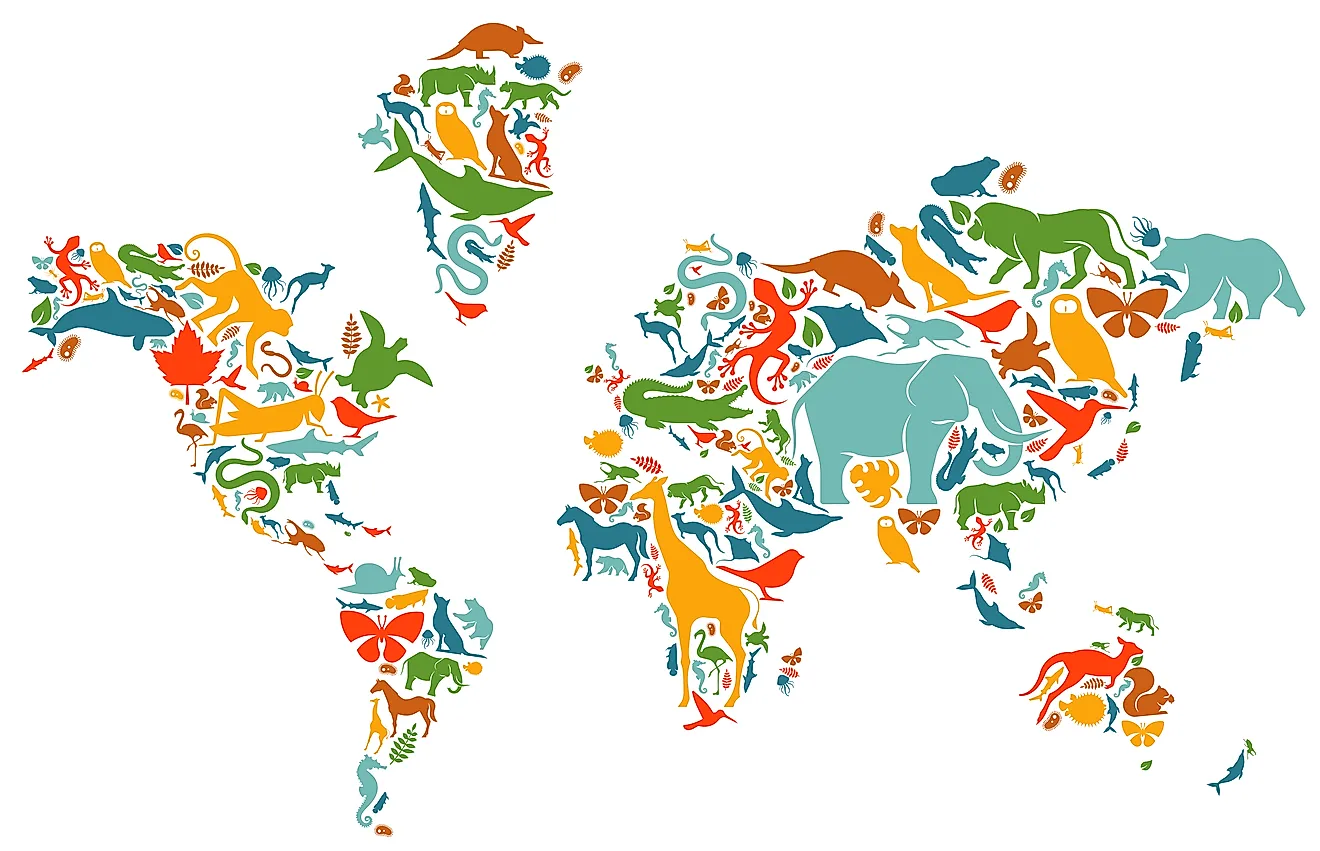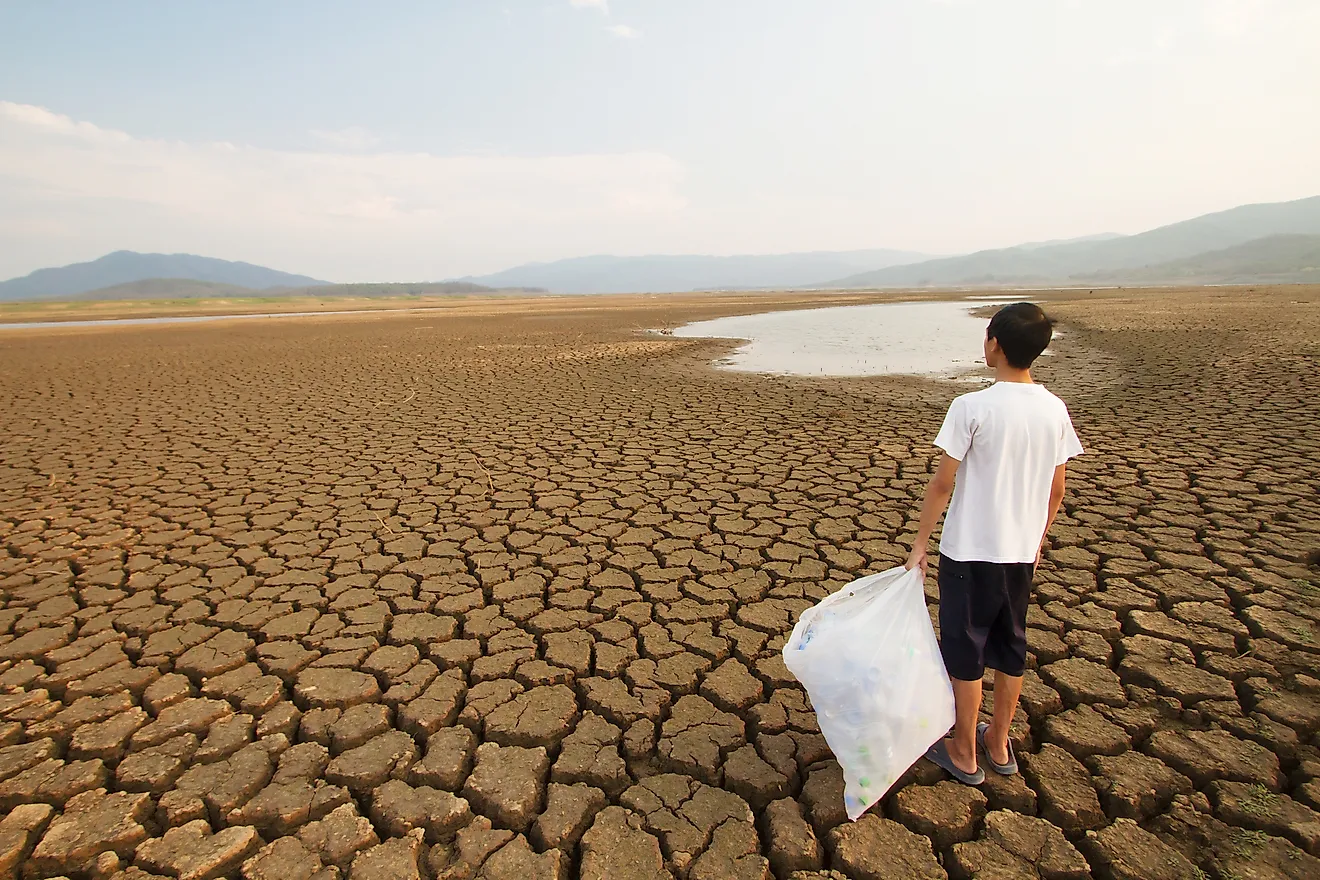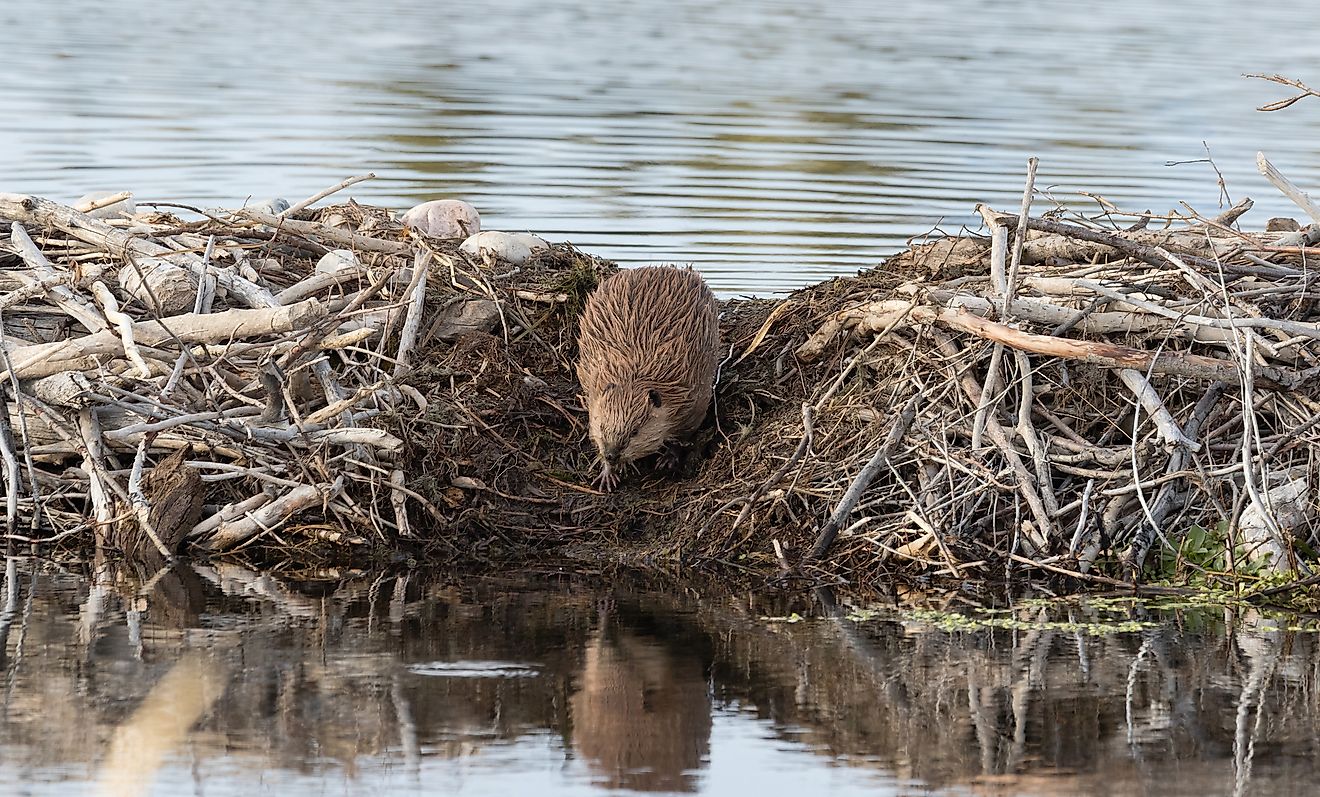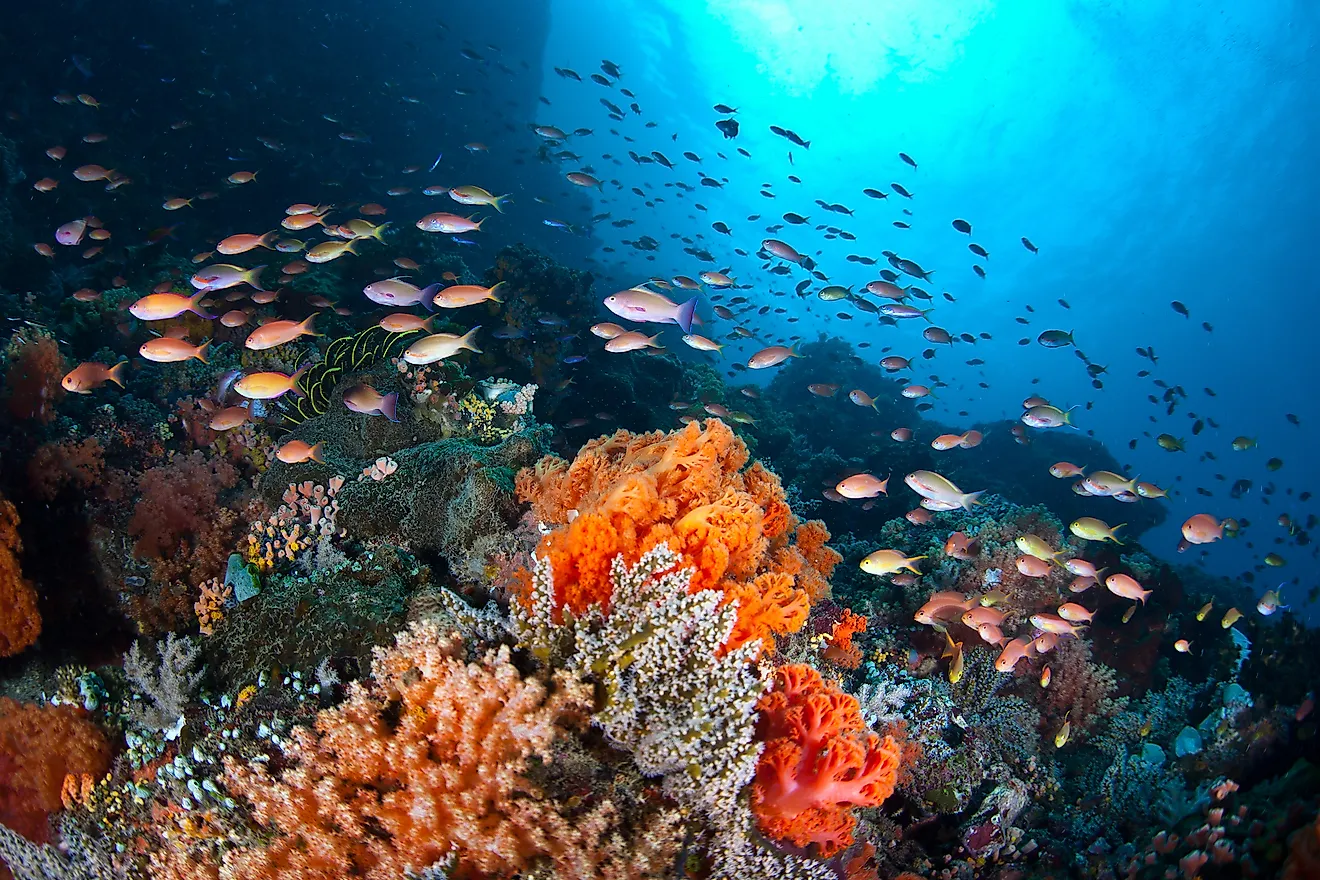What is the Largest Island in Canada?
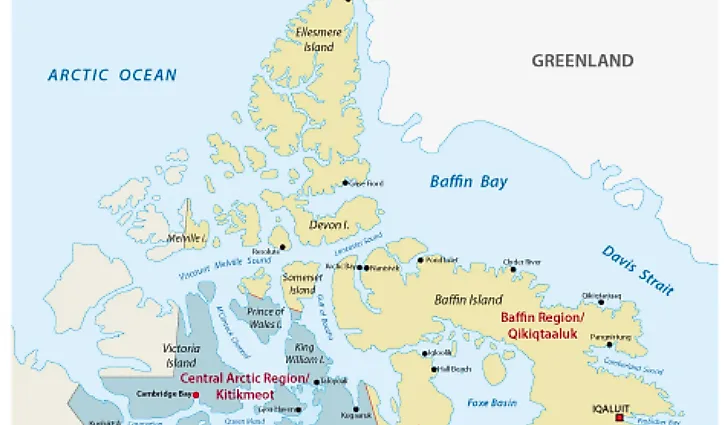
Canada is the second largest country in the world after Russia. It is one of the only countries in the world that borders more than two oceans (Atlantic, Pacific, and the Arctic). Canada has also the world’s northernmost point. Canada also has a massive number of islands. Only Norway, Finland, and Sweden have more. The largest island in Canada is Baffin Island, which is the fifth-largest island in the world. Greenland, the largest island in the world, is located near Canada but is not part of Canada itself.
Islands in Canada by Land Area
Baffin Island
Baffin Island spreads for 507,451 square kilometers and its population is estimated to be 11,000. The island has a tundra climate, which means that it remains mostly cold throughout the year. The wildlife here is most active in the summer time. One can witness arctic foxes, polar bears, the arctic wolf, lemmings, and arctic hares. Most of these animals are not seen often in the open. The annual temperature is around -9 Degrees Celsius with unpredictable snowfall. There are polar nights and midnight days in Baffin Island.
Victoria Island
Victoria Island covers a total area of 217,291 square kilometers. It is the eighth largest island in the world and second largest in Canada. According to the census in 2006, Victoria Island had a population of only 1,875 people. The major reason for such a small population is the harsh climate. The area experiences snowfall in most part of the year. The temperature remains in the negatives most of the time, which makes human living difficult.
Ellesmere Island
Ellesmere Island is the third largest island in Canada and tenth largest island in the world. It has an area of 196,235 square kilometers, which is mostly covered by contrasting mountains and valleys. Ellesmere Island has many protected landscape and water bodies, which were directly affected due to global warming. A large proportion of the island is covered with glaciers and ice caps, which are attractive places for tourism. In the 2006 census, the total population recorded was 146. The major reason for such a small population was chilling weather, which was harsh to live in. The population of this island is temporary due to harsh climatic conditions in most of the year’s time.
Tourism on Canada's Islands
These big islands are attractive destinations to the tourists who are enthusiastic about snow and glaciers. The large covered icecaps and glaciers are places for skiing, hiking, trekking and fishing. The freshwater lakes are great destinations for fishing and boating. Many living creatures attract tourists because they can be seen only in these islands (walrus, polar bears, arctic fox, arctic hare, and seals).
The Largest Islands Of Canada
| Rank | Island's Name | Area (km²) | Location |
|---|---|---|---|
| 1 | Baffin Island | 507,451 | Nunavut |
| 2 | Victoria Island | 217,291 | Northwest Territories, Nunavut |
| 3 | Ellesmere Island | 196,236 | Nunavut |
| 4 | Newfoundland | 108,860 | Newfoundland and Labrador |
| 5 | Banks Island | 70,028 | Northwest Territories |
| 6 | Devon Island | 55,247 | Nunavut |
| 7 | Axel Heiberg Island | 43,178 | Nunavut |
| 8 | Melville Island | 42,149 | Northwest Territories, Nunavut |
| 9 | Southampton Island | 41,214 | Nunavut |
| 10 | Prince of Wales Island | 33,339 | Nunavut |

